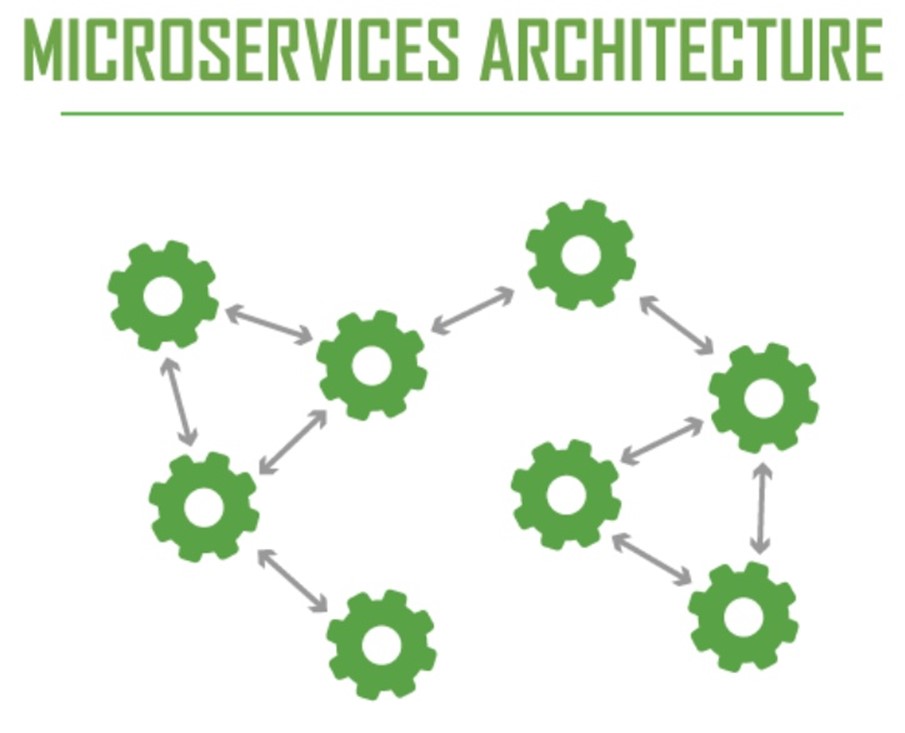
36 percent of enterprises are using microservices. microservices is an architectural style in which applications are decomposed into loosely coupled services. With fine-grained services and lightweight protocols, microservices offers increased modularity, making applications easier to develop, test, deploy, and, more importantly, change and maintain. With microservices, your code is broken into independent services that run as separate processes. With everything tied to a single codebase, you can’t scale a specific function or service; you have to scale up the entire application, leading to vastly higher costs. The case for microservices can be made by looking at your culture, skills, and needs.
Microservices enables businesses to develop applications that provide consistent user experiences across a range of platforms. Netflix, PayPal, Amazon, eBay, and Twitter are just a few enterprises currently using microservices. Walmart Canada, for example, refactored its software architecture to microservices in 2012. Even if your organization is not the size of a Walmart or Amazon, microservices can still provide great value. With microservices, your entire application is decentralized and decoupled into services that act as separate entities. Unlike the monolithic architecture wherein a failure in the code affects more than one service or function, there is minimal impact of a failure using micro services.
Developing applications in smaller increments that are independently testable and deployable. By decoupling services, you won’t have to operate on expensive machines. The increased efficiency of microservices not only reduces infrastructure costs, it also minimizes downtime. With microservices, multiple teams work on independent services, enabling you to deploy more quickly — and pivot more easily when you need to. With this approach of incremental development, code is continuously developed, tested and deployed, and you can use code from existing libraries instead of reinventing the wheel. With smaller modules going through a continuous delivery and testing process, your ability to deliver error-free applications is vastly improved.
Microservices2
7 reasons to switch to microservices — and 5 reasons you might not succeed